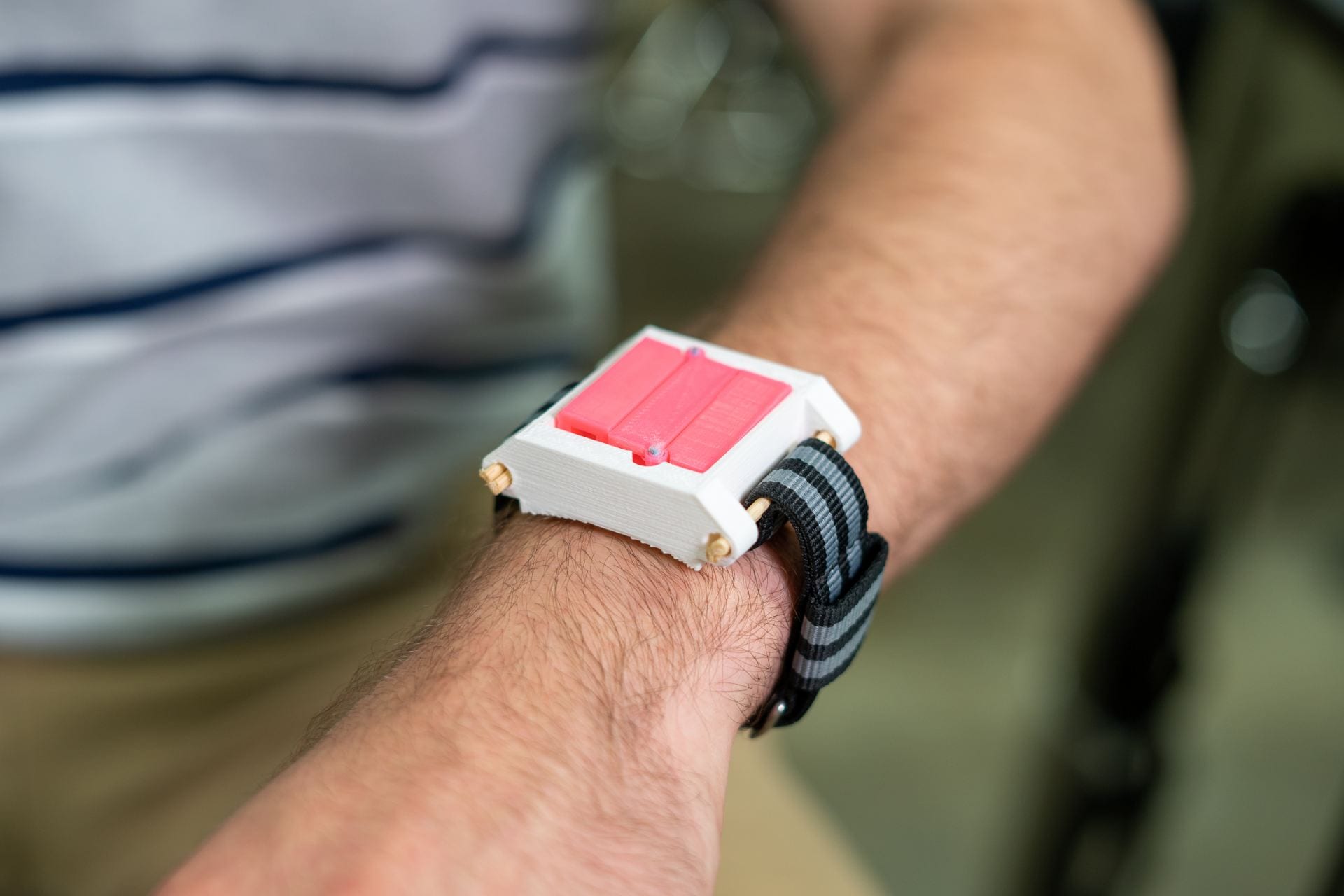Students Develop Foldable Epinephrine Delivery Device to Replace EpiPen

Students at Rice University are developing an alternative to the EpiPen—one that is wearable (and fashionable) to increase the likelihood that potential users bring the device with them wherever they may go. Called EpiWear, the trifold device has a spring-activated injection system that is designed to deliver the same amount of epinephrine (0.3 milliliters) as currently available devices.
One of the device developers, Justin Tang, a bioengineering major at Rice University, suffers from peanut allergies and was prompted to create this new type of device as a solution to the bulkiness of current epinephrine pens. When the trifold device is unfolded, it would be about the same size as a standard epinephrine pen that is currently on the market. The middle part of the device would house the drug dose, and a spring feature would be housed separately from the needle to prevent accidental needle deployment.
Ultimately, Albert Han, Alex Li, Jacob Mattia and Tang, bioengineering majors who are developing the device along with freshman Callum Parks, want the device to be cheaper than currently available epinephrine pens, stylish and comfortable for users to wear. “There has been research on which patients carry pens and which don’t,” said Mattia in a Rice University news release. “We’ve been focusing on the mechanism itself, but some of the ideas we’ve thought about are designing it with cool colors or integrating a watch to make it a dual-purpose device.”
Tan discusses the development of the technology in the following video.
Video credit: Brandon Martin/Rice University